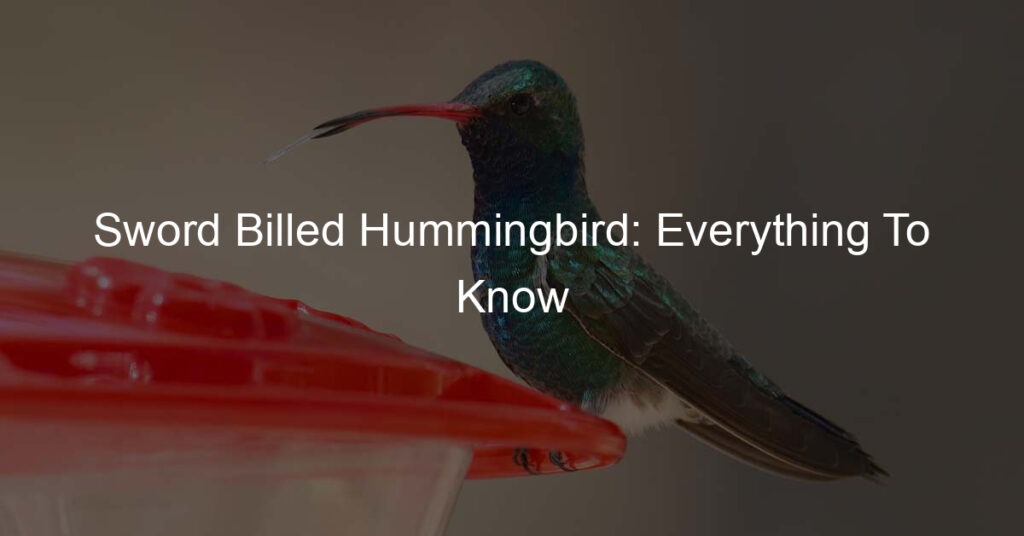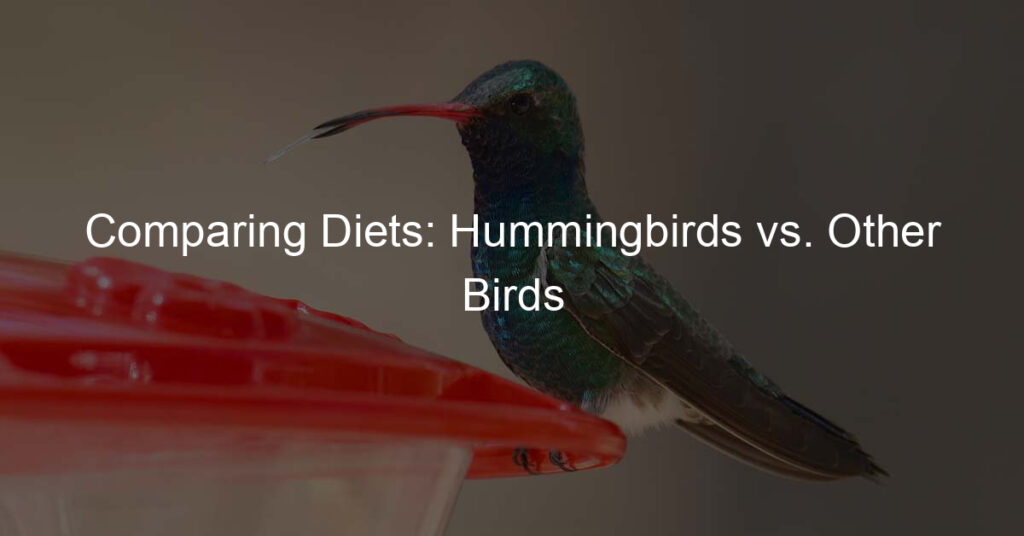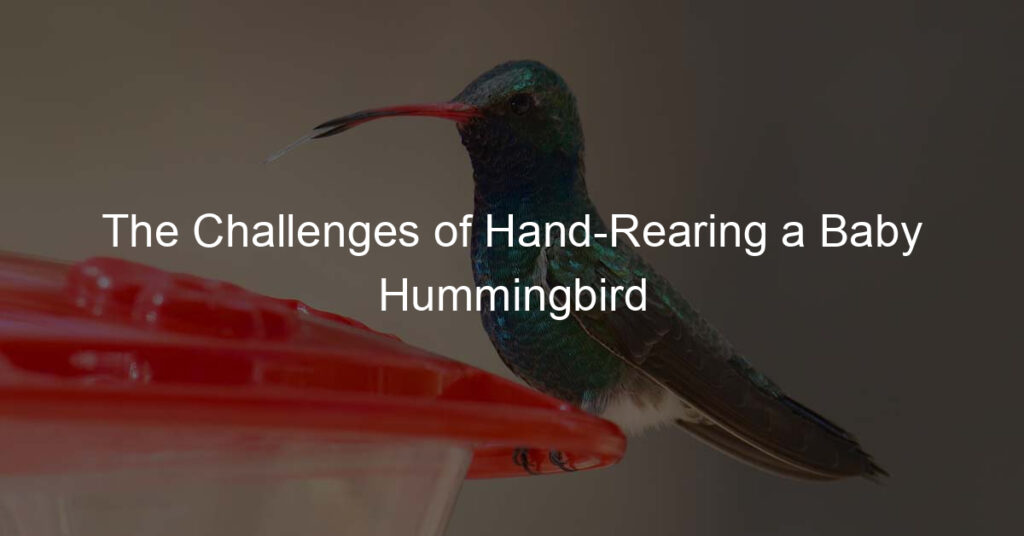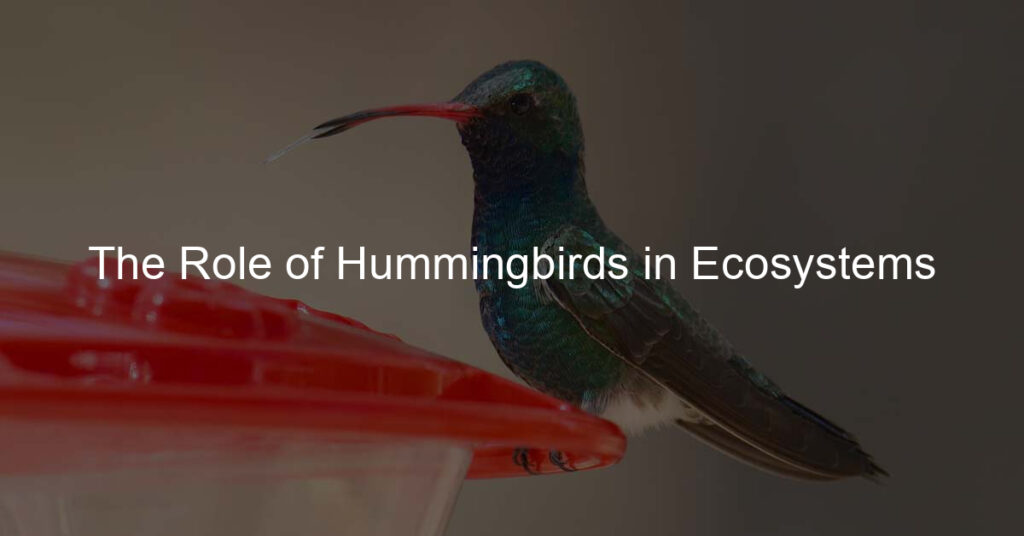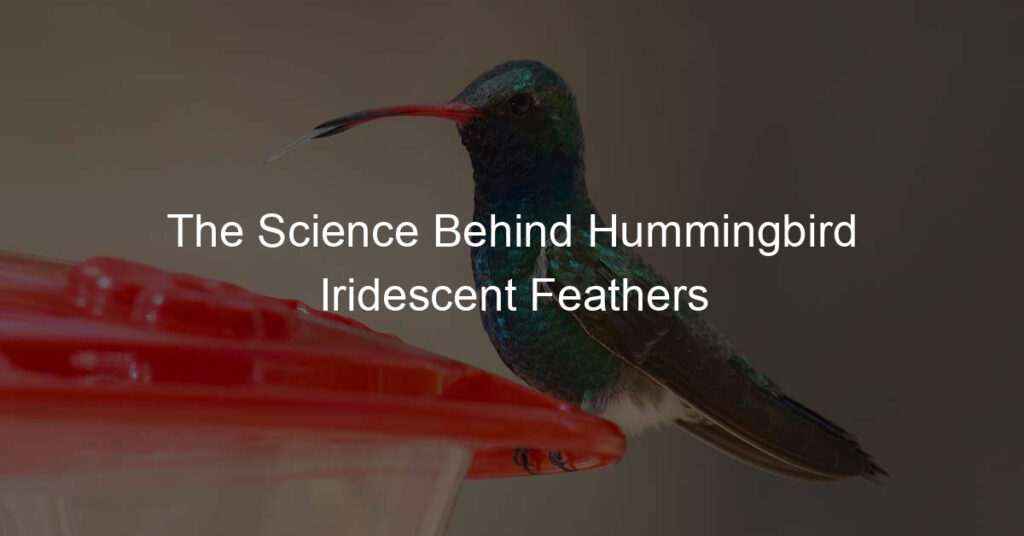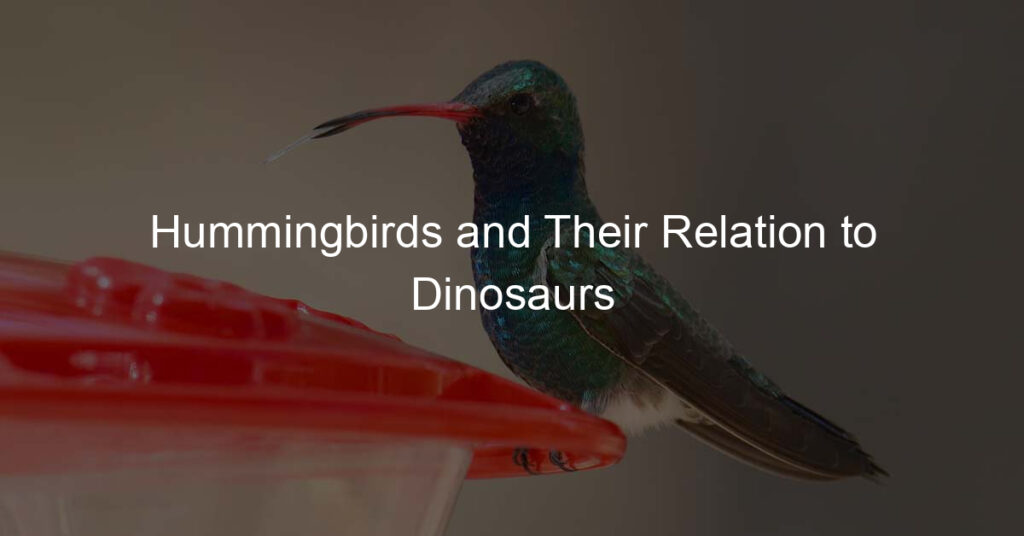Are you interested in gaining more knowledge on a captivating bird? If so, the sword billed hummingbird is just what you need. This species of hummingbird has one of the most fascinating characteristics in all of nature—a beak that is longer than its body. While this may seem unusual, there is a lot more to learn about this remarkable bird.
What Is A Sword-Billed Hummingbird?
The Sword-Billed Hummingbird is extraordinary bird species that stands out from the rest with its remarkable beak, which extends longer than the length of its body! The bird’s beak can measure up to 4 inches in length and has been described as looking like an old-fashioned quill pen, or even a small sword.
These birds are found primarily in South America and on some Caribbean islands, but they are not particularly common. Most hummingbirds have shorter beaks that are used for sipping nectar from flowers, but the Sword-Billed Hummingbird has its extra-long beak adapted for a specific purpose—reaching the nectar of long, tubular-shaped flowers. The giant hummingbird is the largest species of hummingbird and Sword-Billed Hummingbirds are amongst the smallest.
Read More: When Do Hummingbirds Arrive In Tennessee?
Appearance
With its remarkable appearance, this exotic species is sure to catch your eye. Let’s take a closer look at the incredible sight that is the sword-billed hummingbird.
Beak
The most distinguishing feature of the sword-billed hummingbird is its beak—at an impressive 4 inches long, it’s longer than its body! This impressive beak serves an important function for these birds—it allows them to feed on certain types of flowers that other hummingbirds can’t reach. Despite its length, the beak is still relatively light and flexible. The giant hummingbird’s beak is typically black and white, with a reddish-orange tip.
Coloration And Plumage
In addition to their strikingly long beaks, sword-billed hummingbirds also have some very beautiful plumage. Their bodies are mostly black or dark grey in color, with bright green wing feathers and tail feathers. The throat feathers are often a deep purple or blue hue, while the underside of their wings can range from yellow to orange in color.
Other Features
Body weight: Sword-billed hummingbirds typically weigh between 3 and 4 grams.
Wing span: These birds have a wingspan of up to 8 inches.
Foot size: Sword-billed hummingbirds are also known for their relatively large feet, which they use to help them cling to branches while they feed.
Body length: The average body length for a Sword-billed Hummingbird is about 7 cm (2.8 in).
Read More: Do Hummingbirds Like Snapdragons?
Habitat Of Sword Billed Hummingbird

The Sword-billed Hummingbird lives in the cloud forests of the Andes Mountains, typically at elevations greater than 5,000 feet (1,500 meters). They are most commonly located near areas with abundant nectar sources like rivers and lakes. These birds prefer dense vegetation with low branches that provide ample perching opportunities for them. Their natural habitat also includes thick undergrowth and shrubs which provide refuge for them during cold winters. Additionally, they tend to stay away from open spaces as they can be vulnerable to predation in these areas.
Swords-billed hummingbirds feed exclusively on nectar and insects, so they rely heavily on flowers as a source of food. They also need open spaces with plenty of sunlight to help them keep warm during colder months. As such, they tend to migrate to lower altitudes during wintertime when food sources become scarce. They also flock together and form mixed species flocks when looking for new sources of food or shelter during migration periods.
Hummingbirds need access to clean water in order to stay hydrated and healthy. In addition to providing protection from predators, the dense vegetation found in their natural habitat provides them with much-needed privacy for drinking water without being disturbed by other animals or birds. Alongside clean water sources, these habitats also provide them with ample nesting material like mosses and lichens which are used for building nests.
Read More: Do Hummingbirds Like Fuchsia?
Food Of Sword Billed Hummingbirds
Are you curious about what a Sword-billed Hummingbird eats? You’re not alone! These majestic birds, with their long sword-like bills, are found in South American and Caribbean countries. Their bill is so long that it wraps all the way around their head when at rest. But what exactly do these birds eat to fuel their long beaks? Let’s take a look!
Tiny Insects And Spiders Make Up Most Of The Diet
Sword-billed Hummingbirds have an interesting diet. They mainly feed on small insects like midges and gnats as well as spiders. These tiny creatures make up most of their diet. The hummingbird will fly quickly from flower to flower, catching these little bugs in midair or searching for them among the petals. They also sip nectar from flowers to supplement their diet with energy and nutrients. Long corollas are necessary to reach the nectar.
Fruits Round Out Their Diet
In addition to tiny insects and spiders, Sword-billed Hummingbirds enjoy eating fruit. This helps them get even more energy and nutrition from the foods they eat. Fruits like bananas, mango, passionfruit, figs, and guava are some of their favorite foods. These birds are attracted to sweet smells that come from ripe fruits which is why they often visit fruit trees in search of a snack. They may also consume small amounts of tree sap or honeydew secreted by aphids or treehoppers on occasion too.
Read More: When Do Hummingbirds Arrive In Minnesota?
The Lifespan
The average lifespan of a Sword-billed Hummingbird is 5 years. They are considered to be short-lived birds due to the hazards of their environment. They are also very territorial and will fiercely protect their nesting area. While hummingbirds have good vision, they cannot easily detect predators coming from the ground which leaves them vulnerable to potential attack. Furthermore, they are prone to diseases due to the small size of their bodies which makes them more susceptible to illnesses like avian malaria and West Nile virus. As a result, many Sword-billed Hummingbirds do not live past 5 years old.
Despite their short lifespans, these birds continue to play a crucial role in pollination and help keep the ecosystem healthy by spreading pollen between different plants as they search for nectar. It is estimated that about 10% of all flowering plants rely on hummingbirds for pollination. They also help spread seeds throughout the area which contributes to the natural regeneration of forests and other habitats.
Therefore, it is important to create and maintain an environment that is suitable for long-bill Hummingbirds in order to ensure their survival. This includes providing them with clean water sources, adequate food supplies, and nesting material.
Read More: When Do Hummingbirds Arrive In Indiana?
Dangers Sword-Billed Hummingbird Faces
The Sword-billed Hummingbird is a species of hummingbird that is found in high elevations in South American countries. While these birds are relatively common, their populations have been decreasing due to habitat loss and other human-related activities.
The greatest danger this species faces is deforestation which has caused them to lose many of their natural habitats. As a result, they now have limited access to food sources, water, and nest sites which can severely reduce their chances of survival. The spider webs could be dangerous to the Sword-billed Hummingbird as they can become tangled in it and be unable to fly.
Conclusion
The Sword-billed Hummingbird is a unique species of hummingbird that has adapted to the mountainous environment in South America and the Caribbean. They mainly eat small insects and spiders but also enjoy fruit to supplement their diet. Unfortunately, they are faced with threats like deforestation and human-related activities which have caused their numbers to decline. It is important to create an environment suitable for them so they can continue to thrive in our world.

